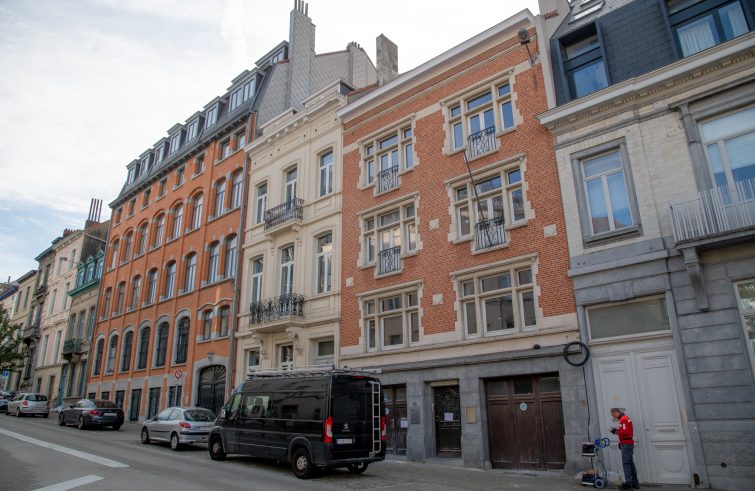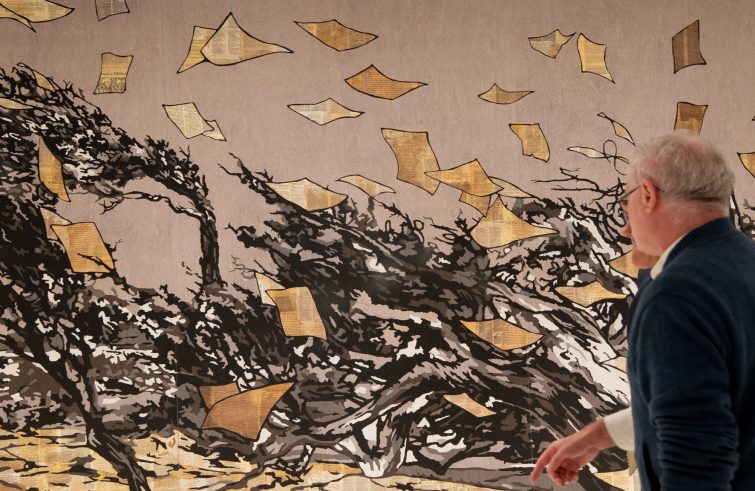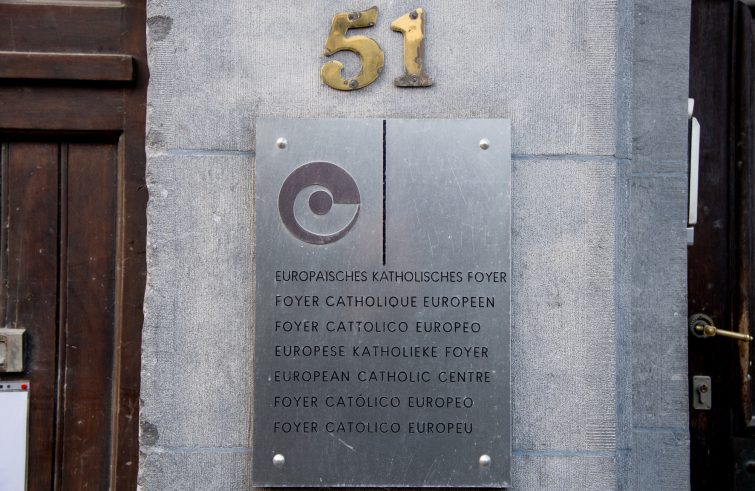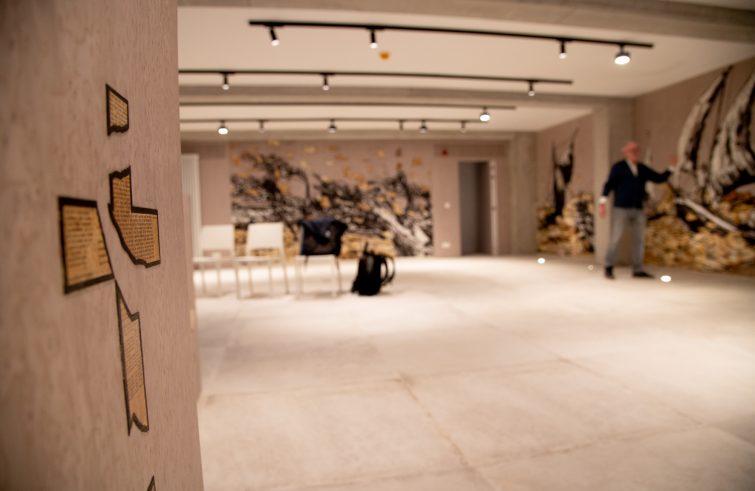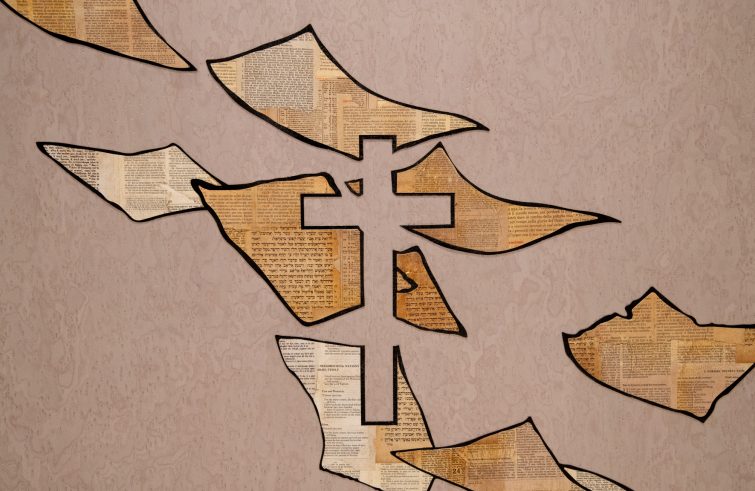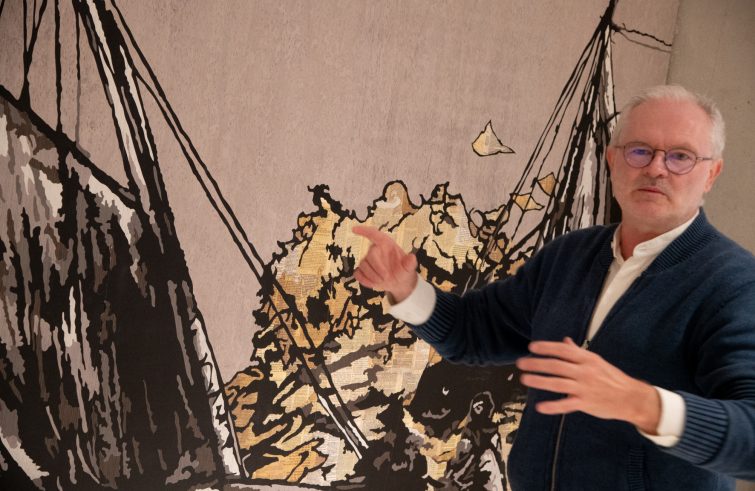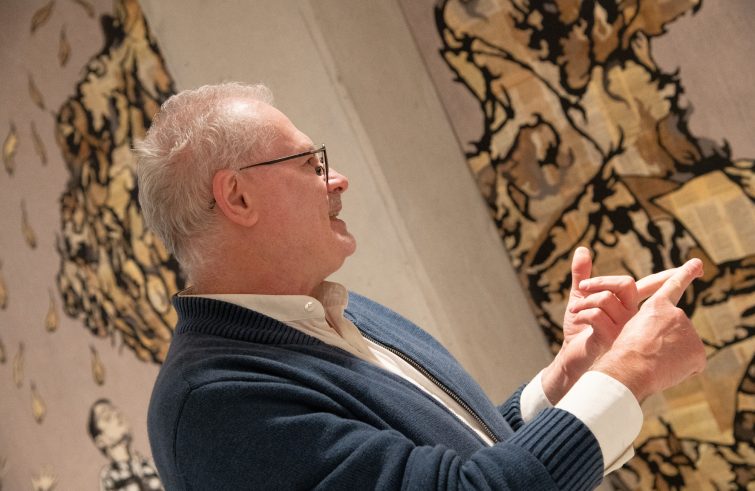
A Centre where children, young people and adults “are taught the founding tenets of the Christian faith” – catechesis, liturgy, and charitable works. Faith is thus defined “not only and not so much as doctrine, but as an answer to fundamental questions on the meaning of life. This process is fulfilled in the encounter with Jesus.” Father Claudio Visconti, a priest from the Italian city of Bergamo, has been serving the Italian Community in Brussels for several years. Three years ago he identified the opportunity – indeed the need – to re-launch the Foyer Catholique Européen, located in the heart of the European quarter of the Belgian capital. This complex undertaking required, first of all, a major overhaul of the building located at 51, Rue du Cornet. In the meantime, the ‘mission’ of the Foyer, whose foundation dates back sixty years, when the European Economic Community was in its early days, has been reconsidered. The renewed Foyer Catholique will be inaugurated on November 11, with Fr Visconti serving as its director and Lorenzo Mannelli, a European Parliament official and former head of cabinet of the late David Sassoli, as its chairman.
A sign of unity. “In 1963, Christians engaged in building Europe, helped by Jesuit priests, laid the foundations of the “Foyer Catholique Européen” write the organisers in their letter of invitation.
“Today the Foyer is a sign of unity, a place for meetings, reflection, training, action and celebrations to the benefit of European Catholic pastoral activities in an ecumenical and social spirit.”
“It is entirely financed by the contribution of its members and supporters from all over Europe.”
The building houses meeting rooms, offices, the St. Benoit scout group headquarters. There is also a stunning chapel, ornamented with biblical-symbolic artwork depicting the gifts of the Holy Spirit, by Italian artist Andrea Mastrovito [see the interview with the artist].
The three “vocations.” So what is the core concept at the heart of the renewed European space in Rue du Cornet? “Education in the faith is about nurturing integral humanity, encompassing human fraternity and solidarity”, explained Father Claudio Visconti. “Education in the faith contributes to recognising the ‘Man’ in Jesus, and in His style the full realisation of the human person. The Centre has three intertwined ‘vocations’. First of all, “catechesis and Christian formation, with a focus on children and young people, by means of dedicated programmes of discovery and encounter with the Lord. However, formation envisages the possibility of other psychological and social encounters along with formation in areas that enhance self-understanding towards the development of a fraternal community.” Secondly, education in religious rites and liturgical life. Third: “education in ethical life and charity.”
Under the same roof. The Foyer’s primary – albeit not exclusive – recipients are Christian communities of non-national origin which, emphasises Fr Visconti, “need facilities to carry out their pastoral activities; international organisations having religious and ethical features whose activity is in keeping with the goals of the Centre”. Living in the same House “will be an opportunity for everyone not only to get to know each other but to participate, to interact with each other in the various activities proposed, and to experience moments of sharing.” It echoes visible signs of the call for ‘unity in diversity’, the motto of the European Union.
- Foto Calvarese/SIR
- Foto Calvarese/SIR
- (foto SIR/Marco Calvarese)
“Here as in Jerusalem”. Father Claudio offers a reading of the environment in Brussels, a city divided into 19 municipalities, with two official languages (French and Flemish) and at least 23 others spoken by a highly international population. In his opinion
Brussels “has many elements of similarity with Jerusalem at the time of the first community of apostles. In fact, the Christian religion is a minority within a highly secularised social context, while different peoples come together in one city. The Good News is met with little attention or even hostility.”
The Catholic Church lives side by side with the Orthodox and Protestant Churches (along with a strong Islamic presence): in this “multi-confessional and multi-linguistic landscape, the Churches sow the seeds of the Gospel by proclaiming the Word, bearing Christian witness through their charitable works and religious celebrations.” However, while many people come to Brussels to participate in the European integration project, “the local life is a multifaceted landscape of languages and cultures, histories and colours, religions and traditions. In this Babel, the discerning observer can grasp the voices of a humanity searching for meaning over alienation because, in Brussels, everyone is somewhat a stranger, including the natives.” Nevertheless, the religious spirit holds out, “albeit in a less centralized manner, while the Churches, which must be referred to in the plural, proclaim the Gospel amidst a multitude of languages and jargons. We therefore rediscover the signs of a Pentecost, in which men and women of good will are called to embrace the Gospel and welcome one another, to engender and to share, to donate and to perform acts of kindness.”
- Foto Calvarese/SIR
- Foto Calvarese/SIR
- Foto Calvarese/SIR
Crossroads of the world. These are the themes that inspired Andrea Mastrovito, with the support of theologian Father Giuliano Zanchi, in designing the installation that adorns the Foyer’s one hundred-seat chapel. The artwork extends over an area of 120 square metres, with inlaid wood of contrasting colours and biblical passages in many languages from across the globe.
“When we decided to restructure the Foyer with its chapel, my thoughts naturally went to the Holy Spirit, and I devoted to Him the project that significantly characterises this site.”
“It was thanks to the Holy Spirit that on the Day of Pentecost, the inhabitants and pilgrims of Jerusalem heard the Apostles speak in their own languages or, indeed, speak the one language they all understood: the language of love, the language of the Gospel. This house that welcomes us today is in fact an intersection of many roads we tread upon, which incessantly call us to conversion: from Babel to Pentecost.” He concluded: ” While no one knows what the future has in store for Europe today, the significance of this undertaking encourages us to put our trust in the Holy Spirit, as the Apostles put their trust in Him on Pentecost. They went into the world to preach the Gospel. Similarly the Foyer seeks to welcome all those who reach this crossroads and help it to cherish and nurture the faith in the Lord.”

